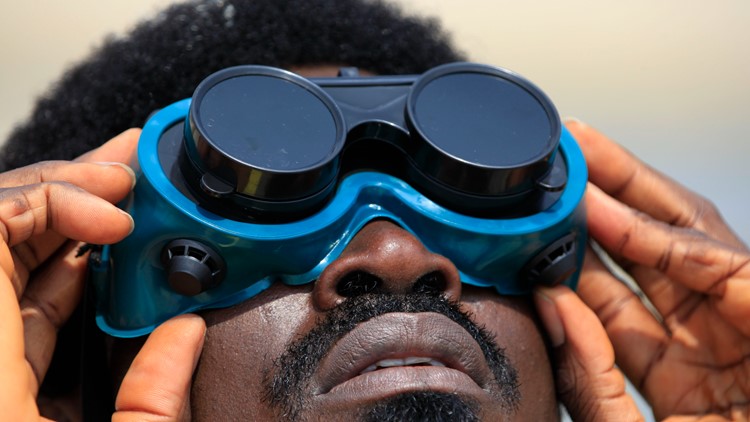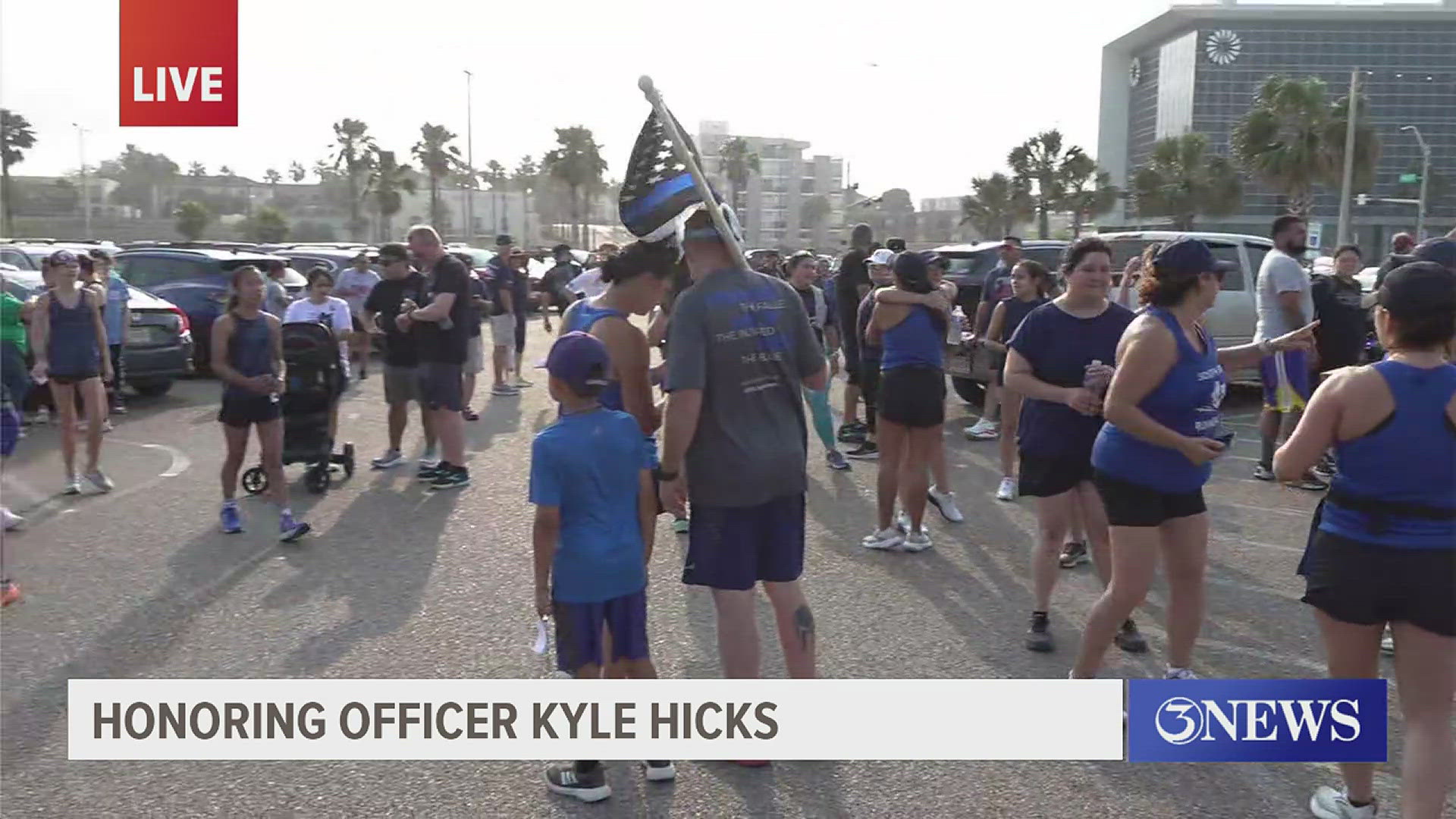Millions of people are preparing to watch the upcoming total solar eclipse that will pass over parts of the United States, Mexico and Canada on Monday, April 8, 2024.
It’s exciting to watch these rare celestial events, but looking directly into the sun can damage your eyes. That’s why wearing special-purpose solar filters, like ISO-certified eclipse glasses or handheld solar viewers, is the safest way to watch the eclipse.
But what should you do if you don’t have any eclipse glasses on hand on April 8?
Multiple VERIFY readers, including Ronald, asked if it’s safe to wear welding goggles during a total solar eclipse.
THE QUESTION
Is it safe to wear welding goggles during a total solar eclipse?
THE SOURCES
THE ANSWER
Most welding goggles are not strong enough to protect your eyes during a total solar eclipse.
WHAT WE FOUND
All of our sources agree that most welding goggles are not strong enough to protect your eyes during a total solar eclipse. That’s why they recommend wearing special-purpose solar filters, like ISO-certified eclipse glasses or handheld solar filters, instead.
Welding safety goggles, glasses or helmets come in a range of shades, from clear to very dark, according to Phillips Safety Products, Inc., a manufacturer of occupational safety products.
The shade number on welding goggles usually ranges from 4 to 14, with higher numbers indicating darker lenses, Phillips Safety Products says.
NASA says the only welding goggles that are safe for direct viewing of the sun are those of shade 12 or higher. But this is higher than the shade that’s typically used for most types of welding.
The space agency also says that many people may still find the sun too bright with a shade 12 and some find the sun too dim with a shade 14. Meanwhile, shade 13 is even more uncommon and hard to find.
The American Academy of Ophthalmology and Phillips Safety Products both say shade 14 is the darkest and most recommended shade range for viewing solar eclipses with welding goggles.
“This rating is specifically designed for extreme welding conditions and provides complete protection to your eyes, limiting visibility only to the area surrounding the sun itself,” Phillips Safety Products says.
“However, even with a shade 14 rating, you should not stare at the sun for too long, and the helmet is only safe when viewing the sun in its totally eclipsed state,” Phillips Safety Products added. “A partially eclipsed sun is still too bright for shade 14 welding goggles to protect your eyes, and the damage to your eyes might not be immediate or noticeable.”
AAS also recommends avoiding the use of adjustable or auto-darkening welding helmets or similar products to view the sun.
“Many don’t go as dark as shade 13 or 14, and even those that do post a grave risk to your eyesight, either because you accidentally adjust them to an unsafe setting or because they don’t auto-darken fast enough when you look at the sun with them,” AAS says.
AAS shares tips on how to spot counterfeit and fake eclipse glasses and has a list of reputable solar eclipse viewer and filter vendors on its website.
“It’s important to use lenses with solar filters that meet internationally set safety standards to view the eclipse safely without any worry of damage to your eyes. Make sure to research and order the appropriate gear well in advance,” Phillips Safety Products says.
If you don’t have special-purpose solar filters on hand during the eclipse, an alternative method for safe viewing of the eclipse is indirectly via pinhole projection.
You can make a pinhole projector using several household items, such as a cardboard box or an index card with a hole punched into it. You could also use a pasta colander, a straw hat or anything else with a bunch of small holes in it. Just make sure you do not look directly at the sun through the pinhole.



